August 28 2021

Dead Ashe Juniper poles and branches are laid on countour for erosion control.
The new tall native grasses are growing very well around it.

Dead Ashe Juniper poles and branches are laid on countour for erosion control.
The new tall native grasses are growing very well around it.
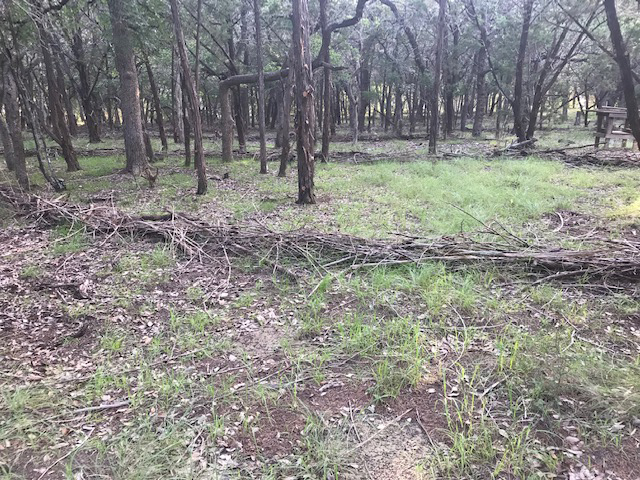
Dead Ashe Juniper branches are laid on the ground to create berms on contour for erosion control. The canopy above is still thickly intact. Light is allowed to reach the ground and grass is beginning to fill in around tree trunks between stick and rock berms.
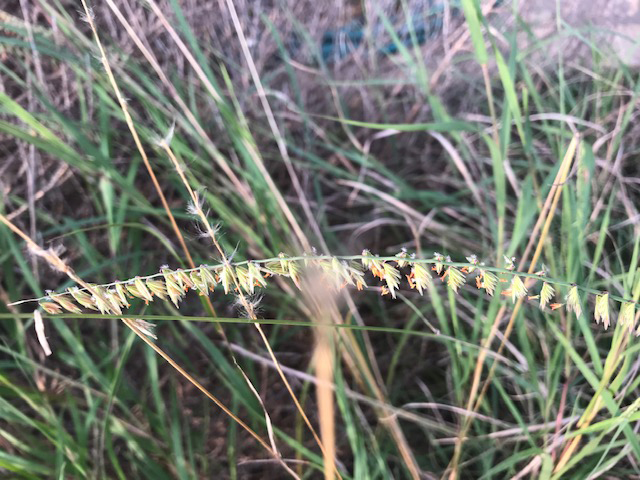
Sideoats Grama Grass
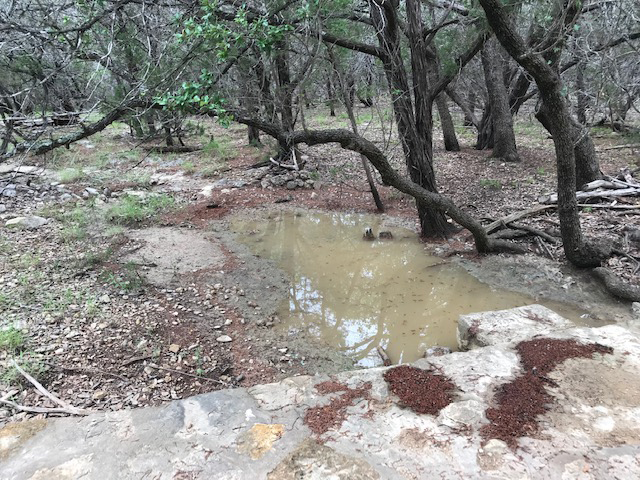
Water from recent rain still standing in The Draw because of rock gabion dam installed years ago.
There is a culvert installed under the stone covered road to allow traffic to pass in wet events.

The Man-made rock pond full of water after rains. It is designed so that water in the draw flows around the edge of the main body of water in the pond. There is a float valve connected to a water hose from the water well to keep the pond full of water year round.
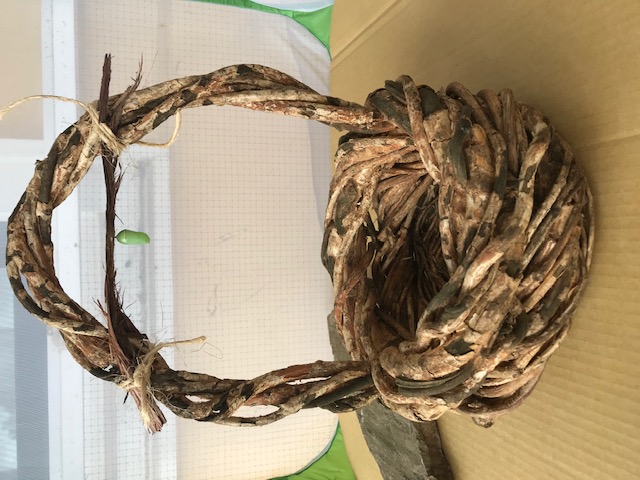
Caretakers carefully removed Ashe Juniper bark from the log with the Monarch chrysalis attached.
The edges of the bark were attached to the basket handle. The entire structure was covered with a fine mesh net to protect the pupae from attack by Tachnid Fly that predates upon caterpillars and their chrysalis. It was easy to move and watch for the Monarch Butterfly emergence.
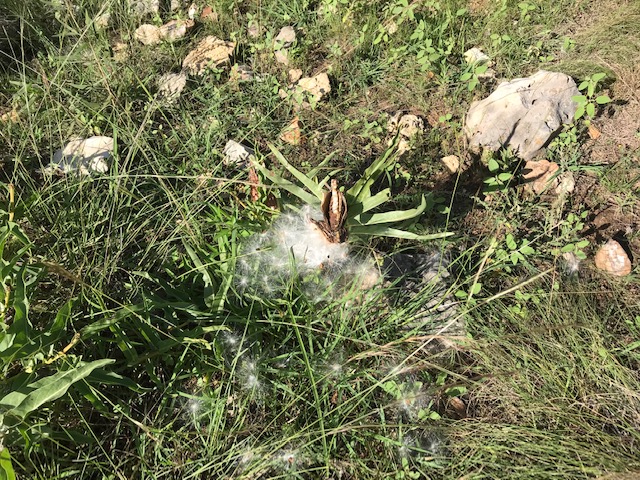
Antelope Horn going to seed, the feathery seeds float in the wind. This plant is in the milkweed family and is a host plant for Monarch Butterflies. The female lays eggs on the plant, the caterpillars feed on the leaves and flowers, then pupate into a chrysalis, before emerging as an adult Monarch Butterfly.
web application - database development by davidcdalton.com
New Site